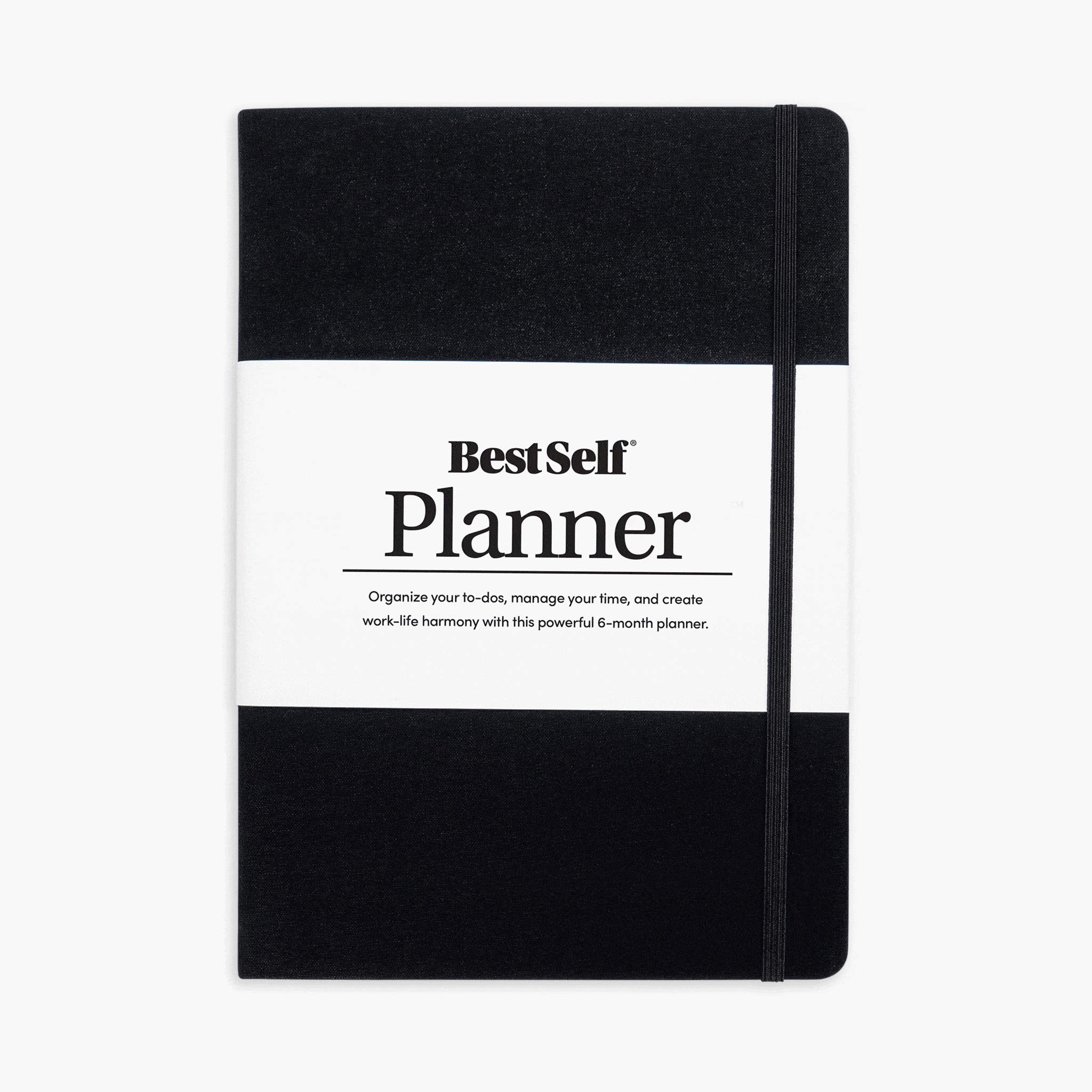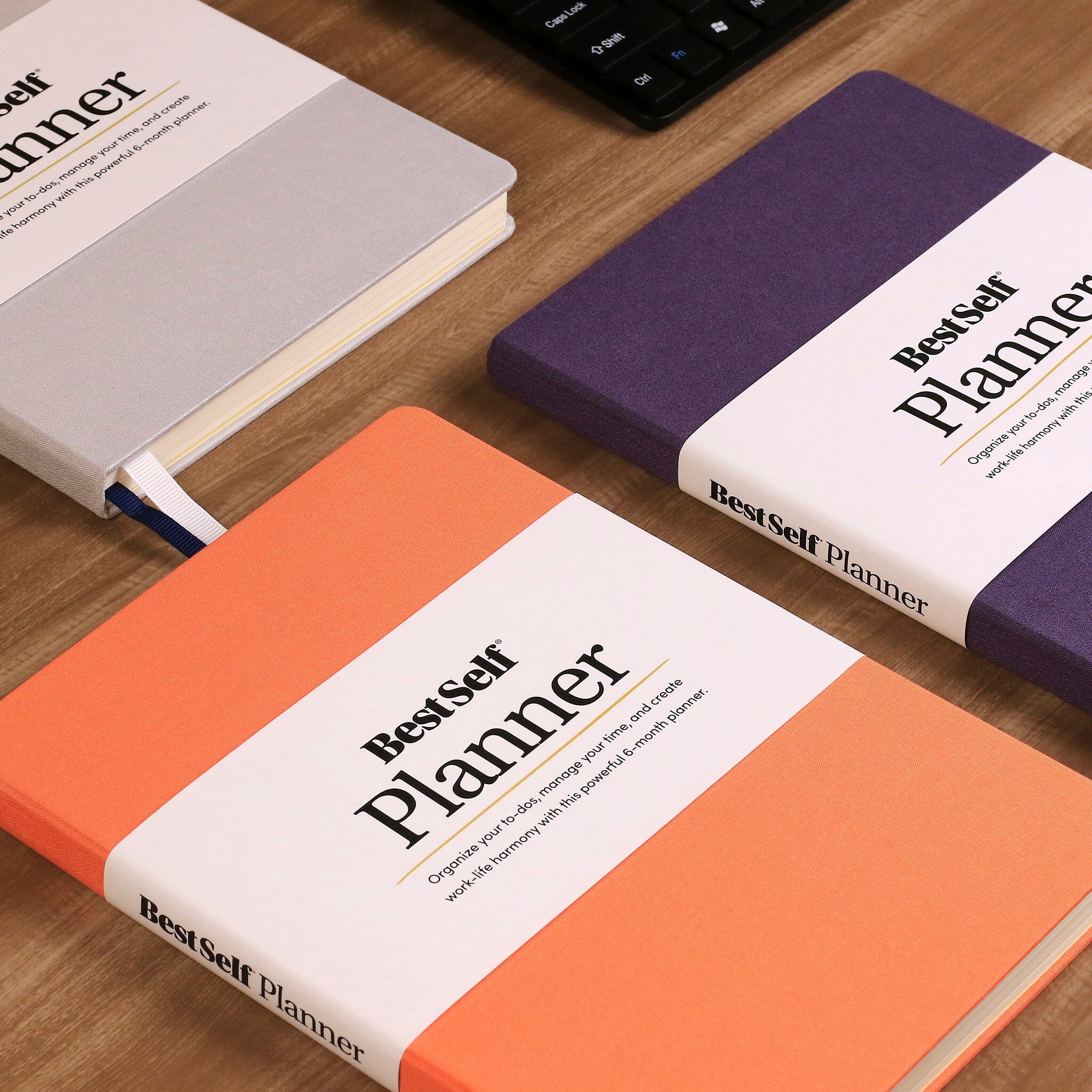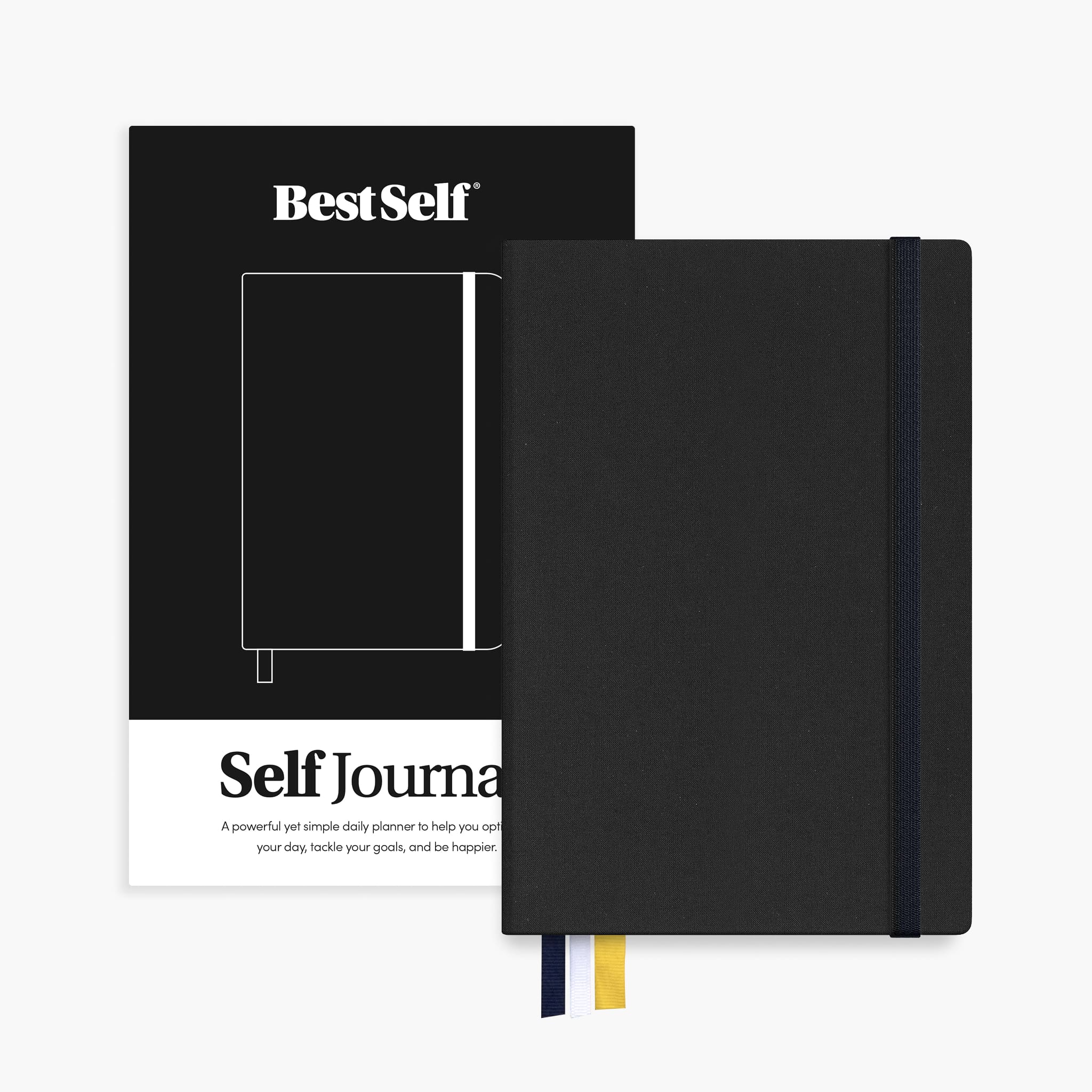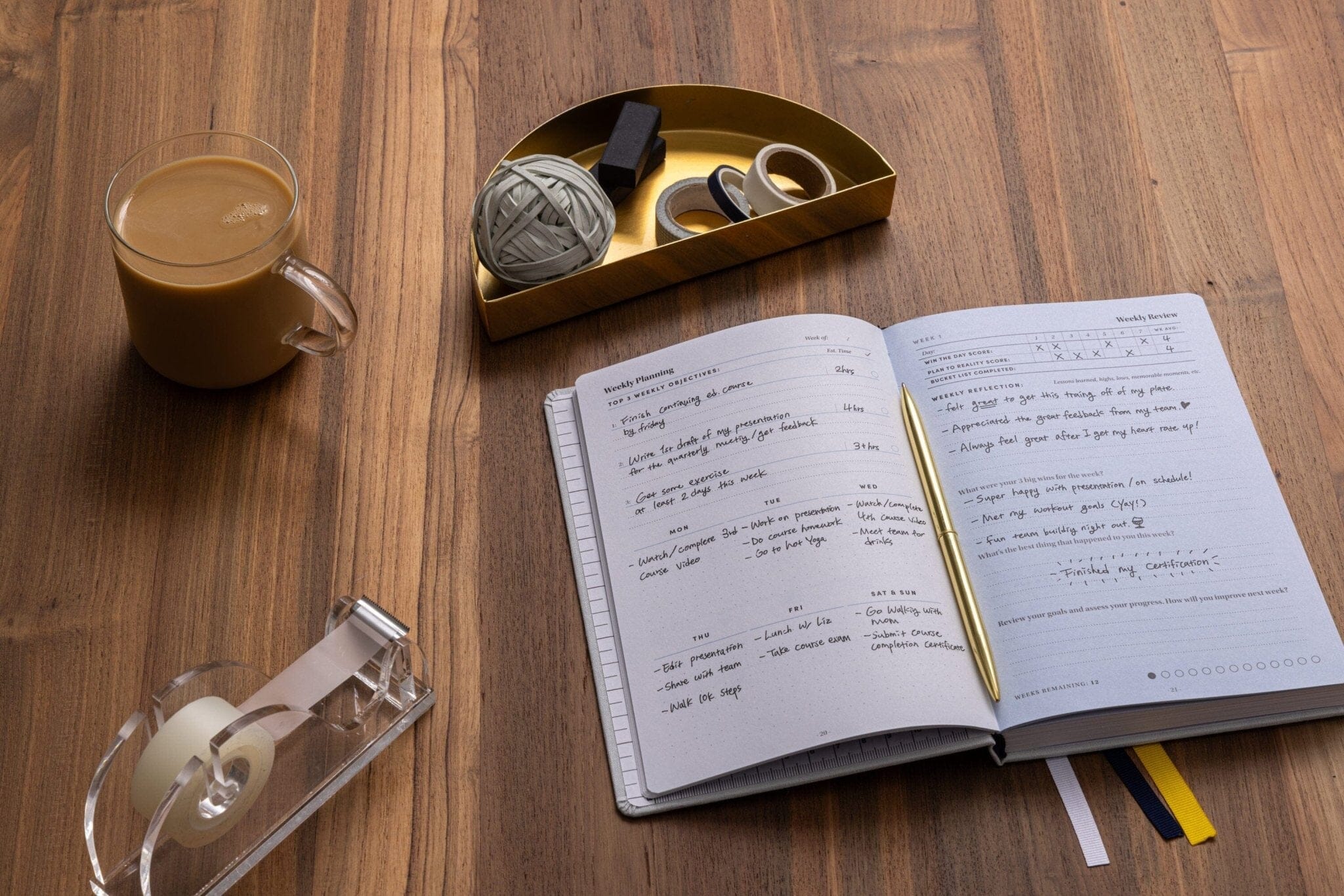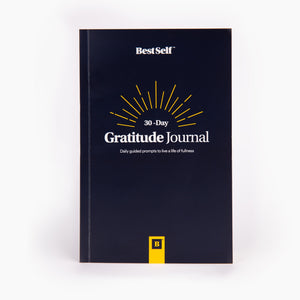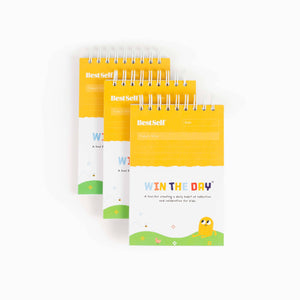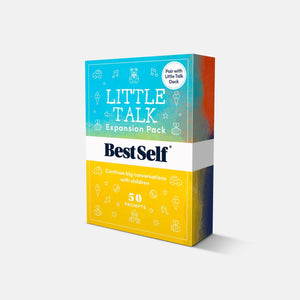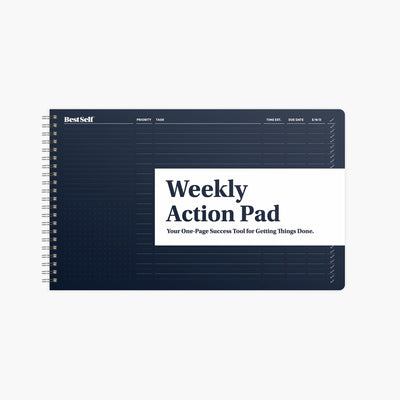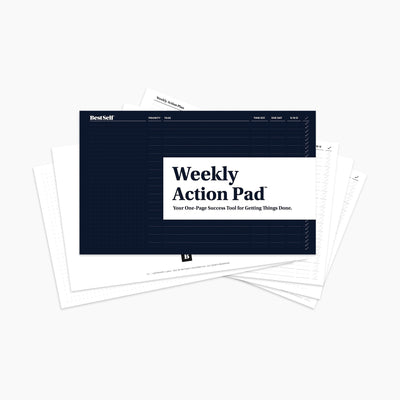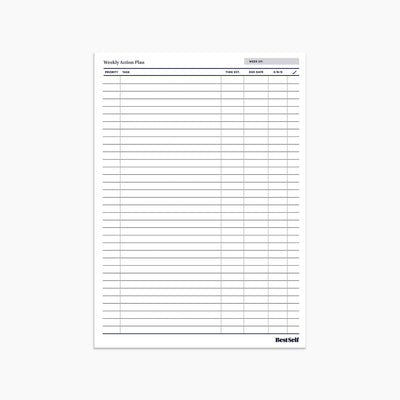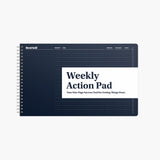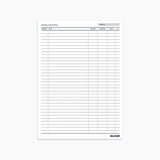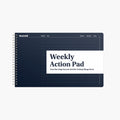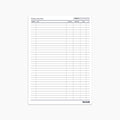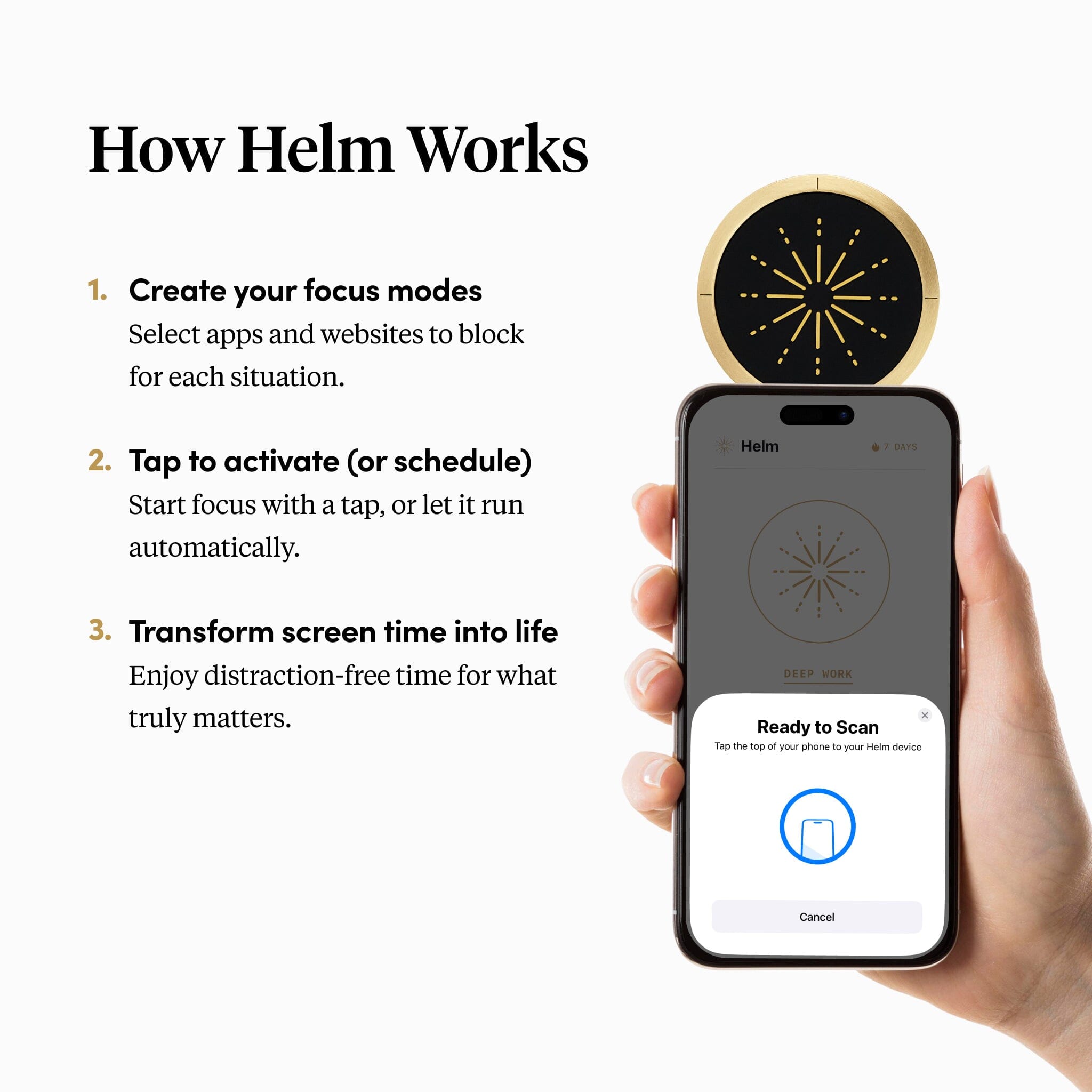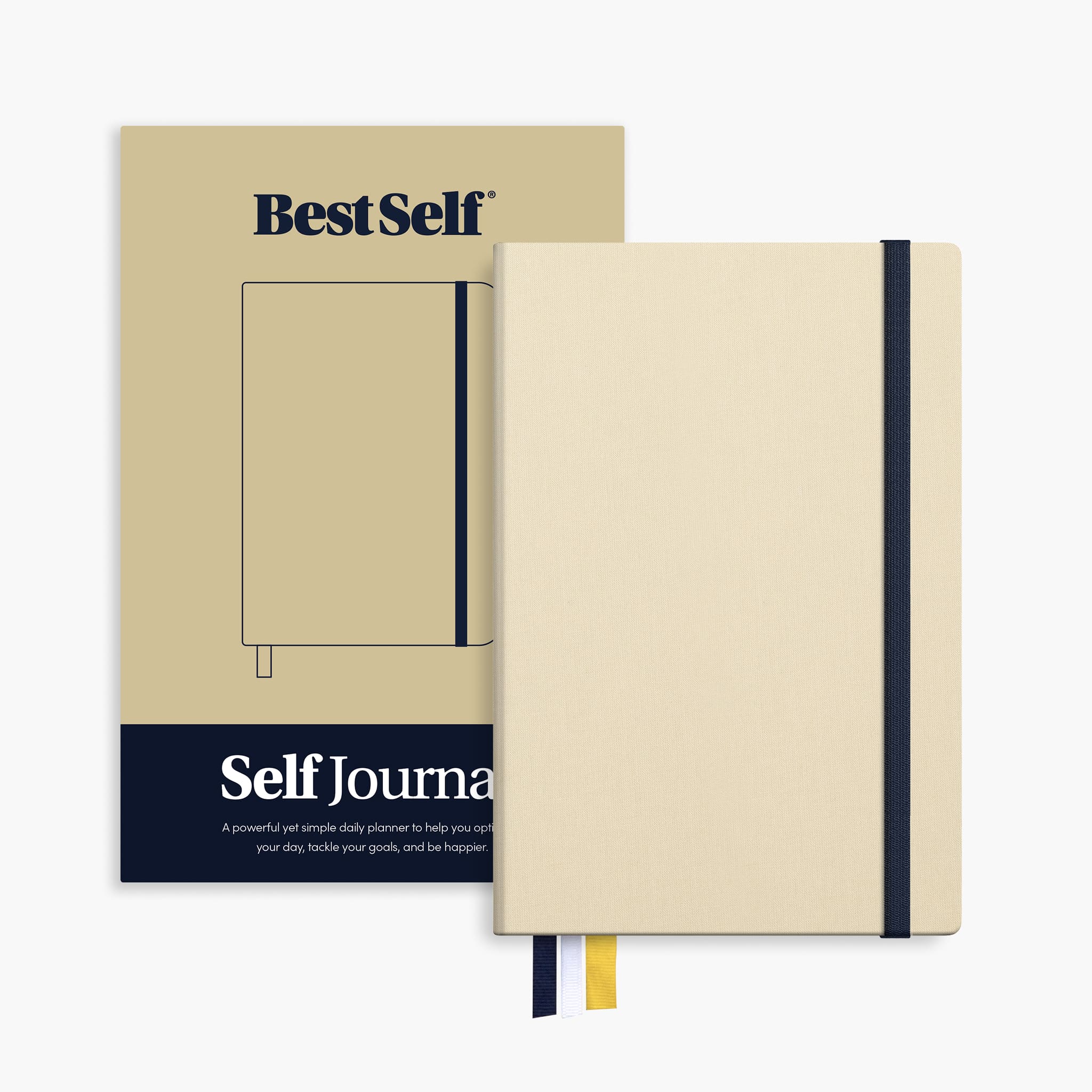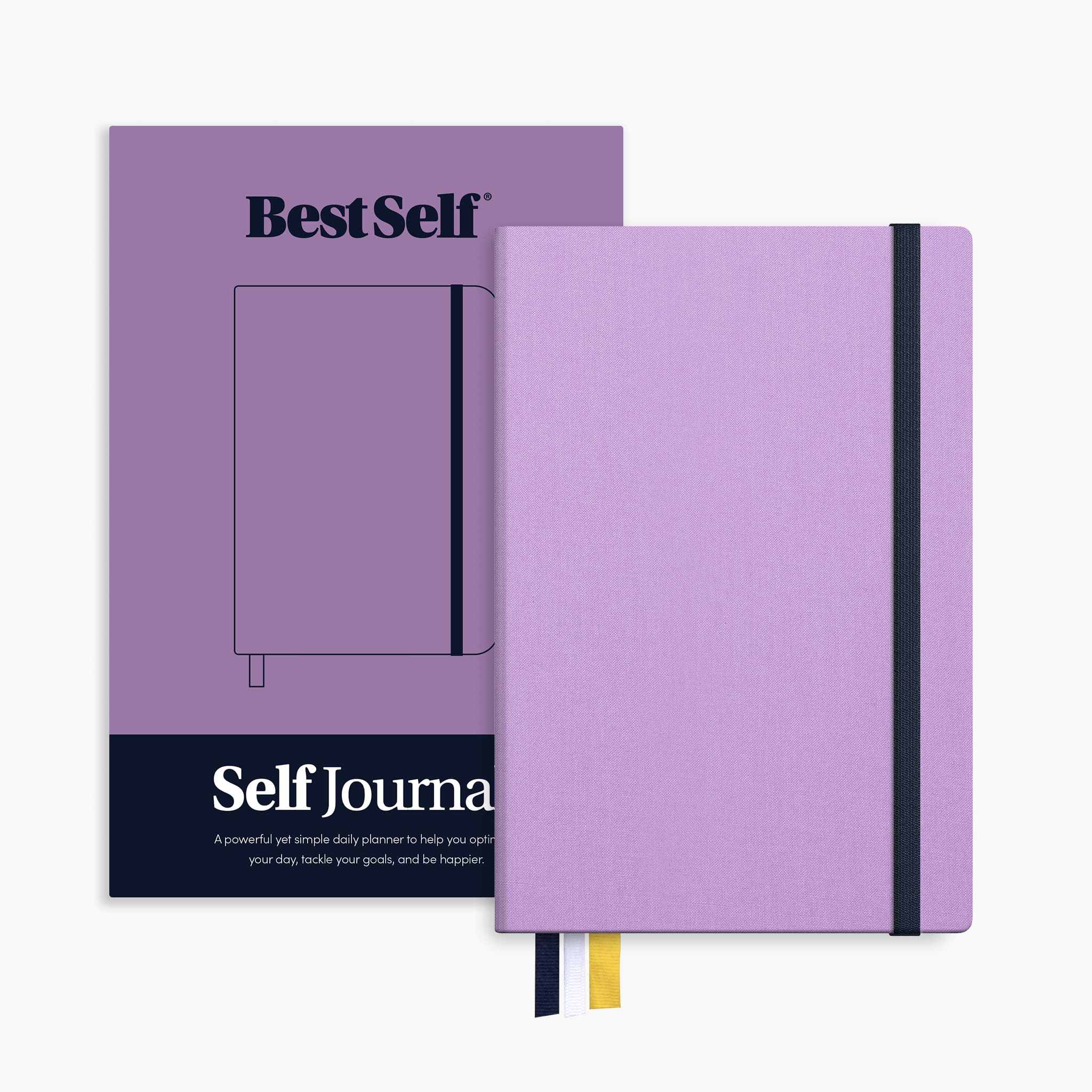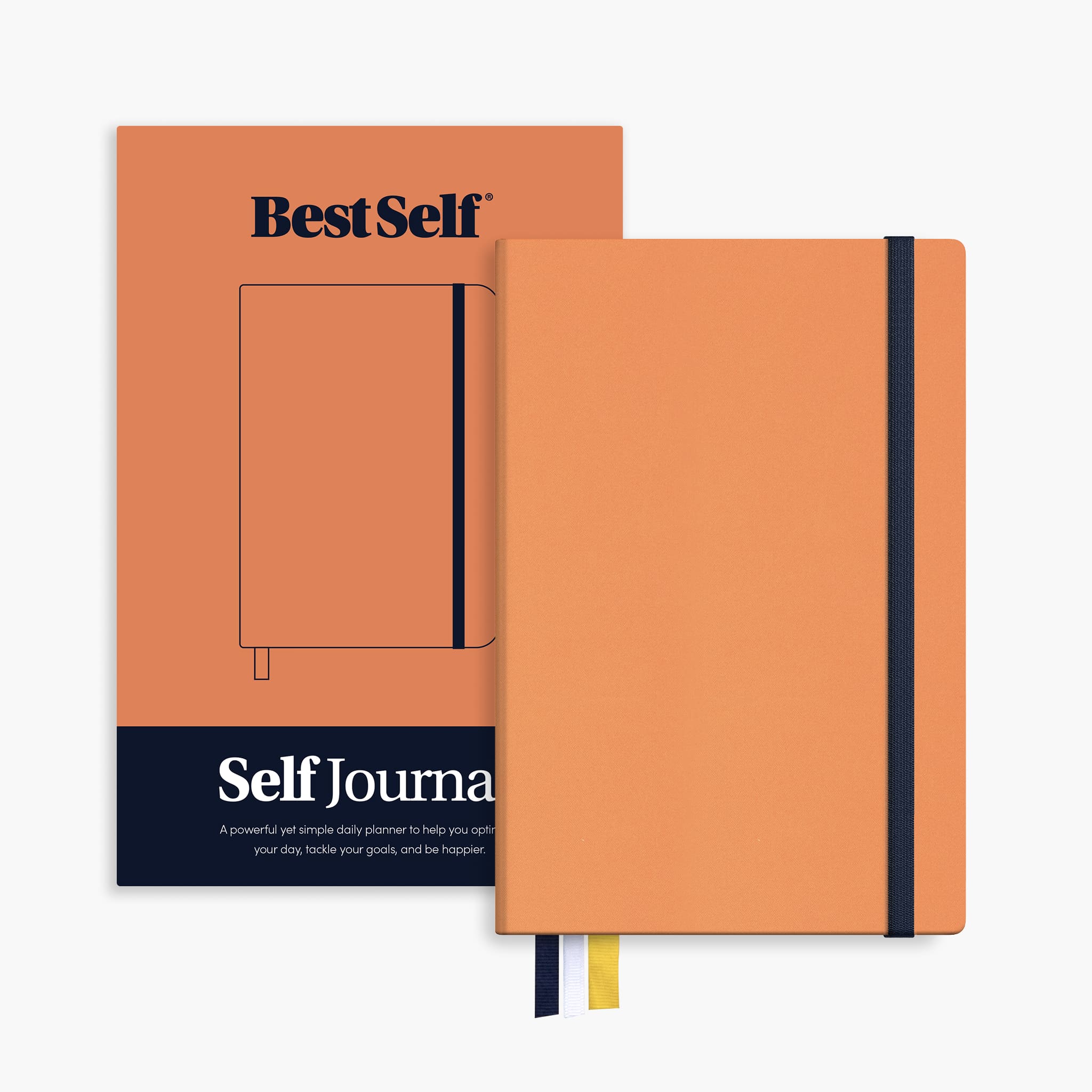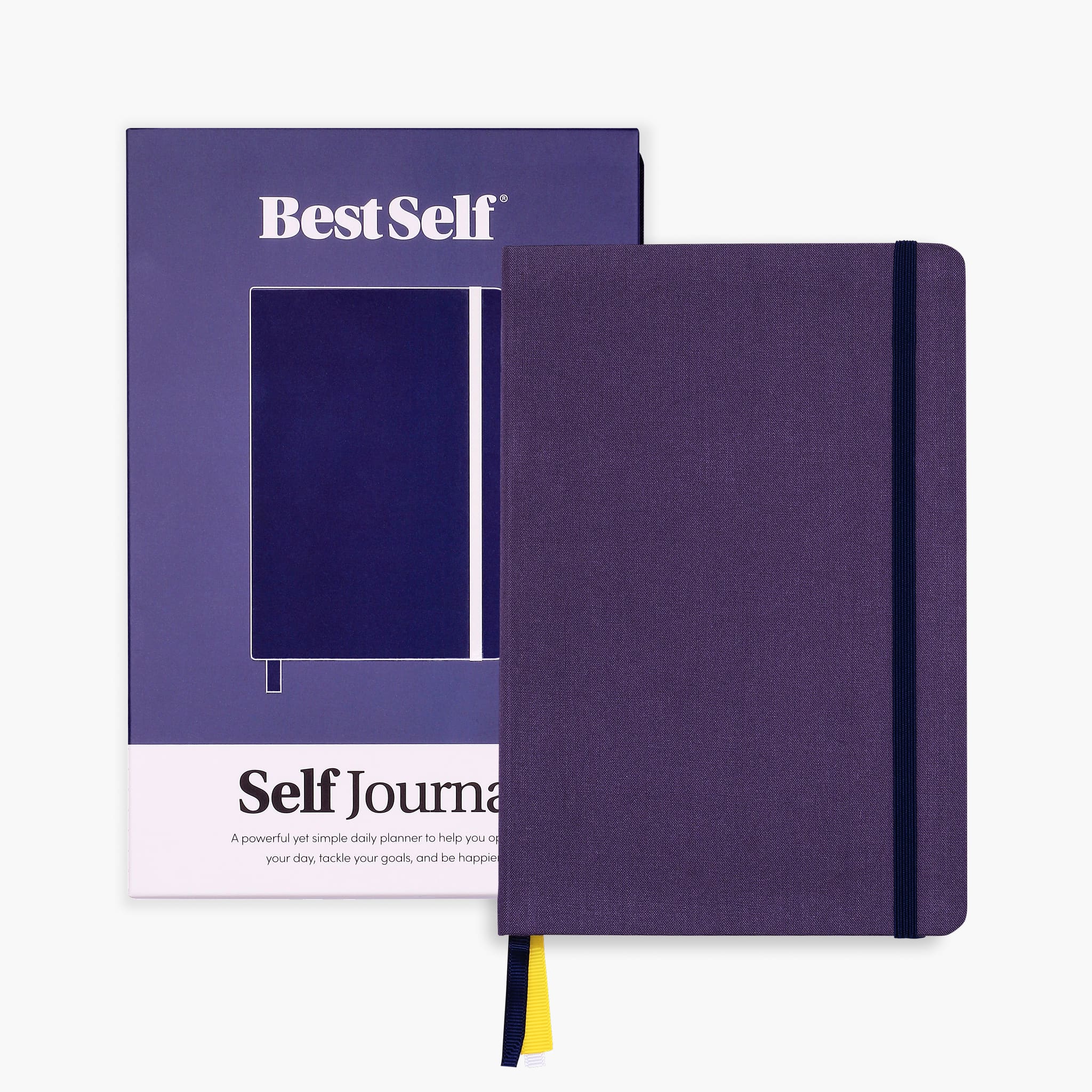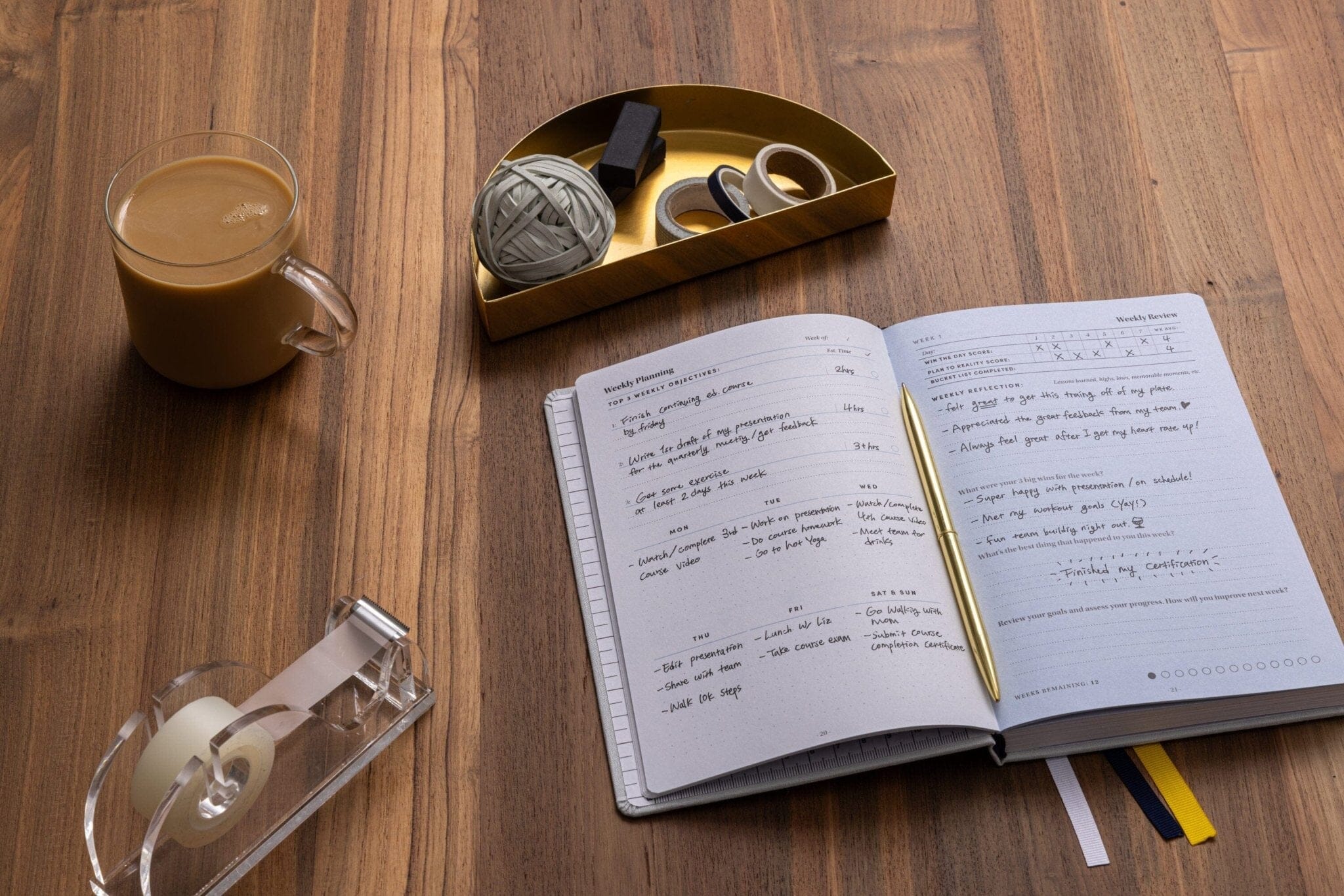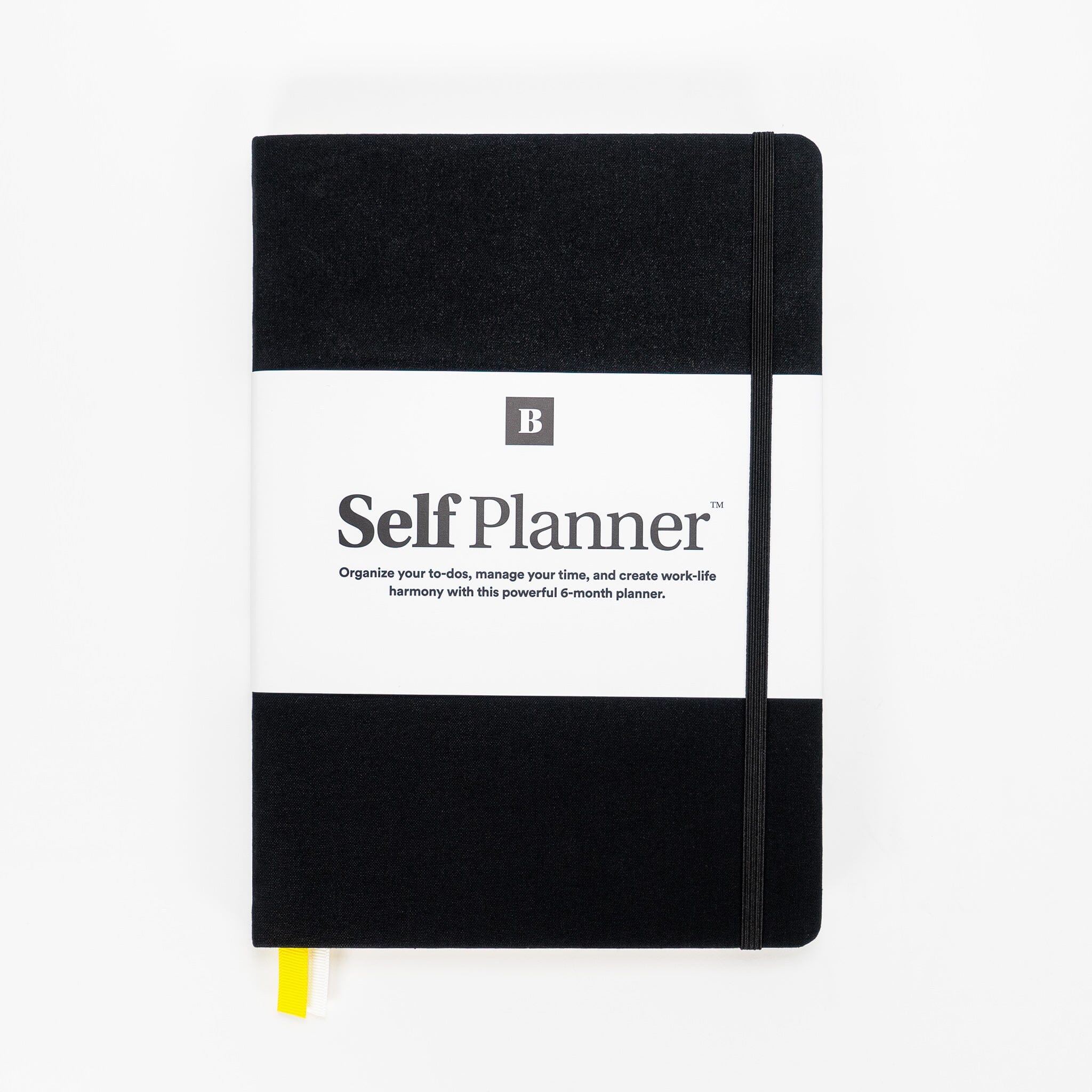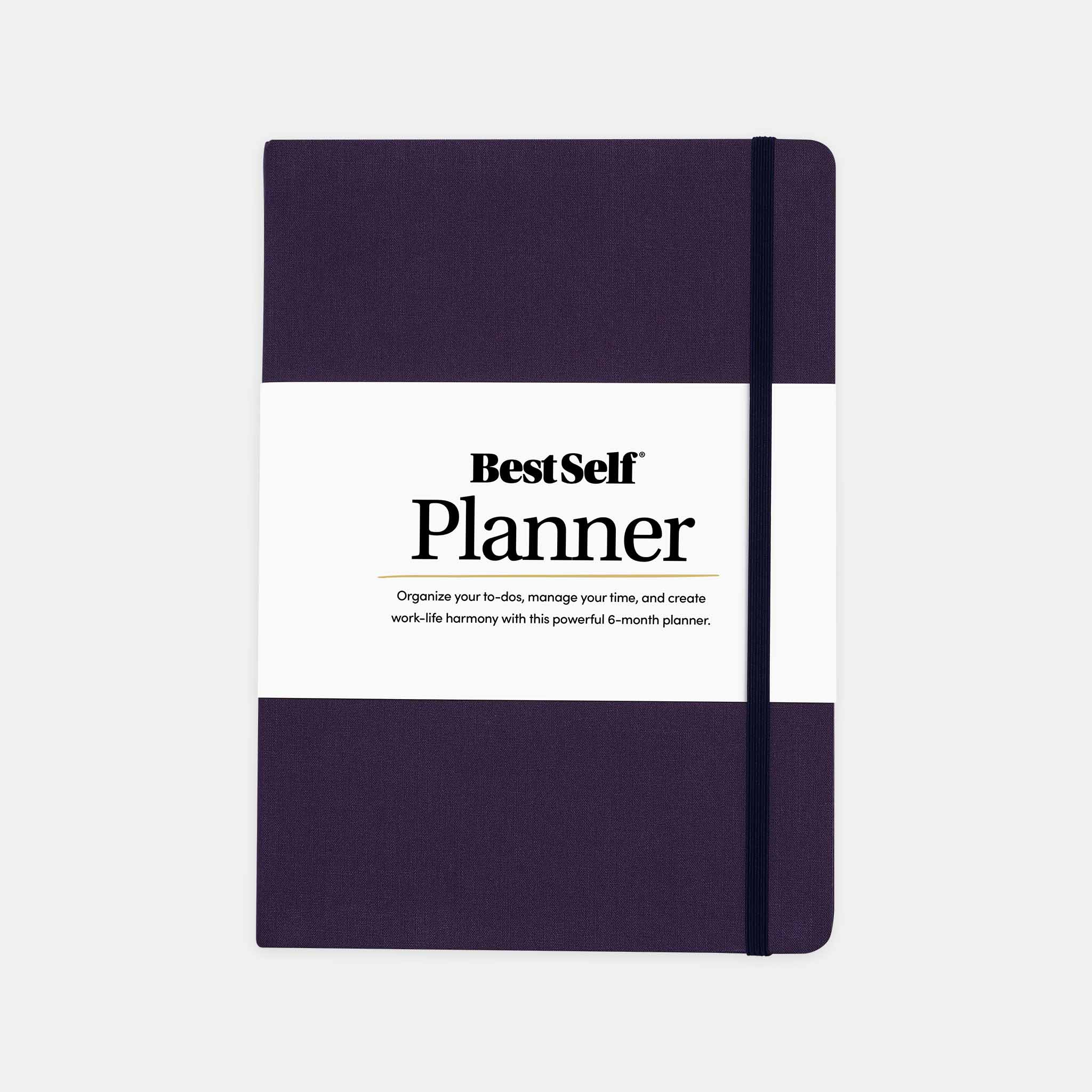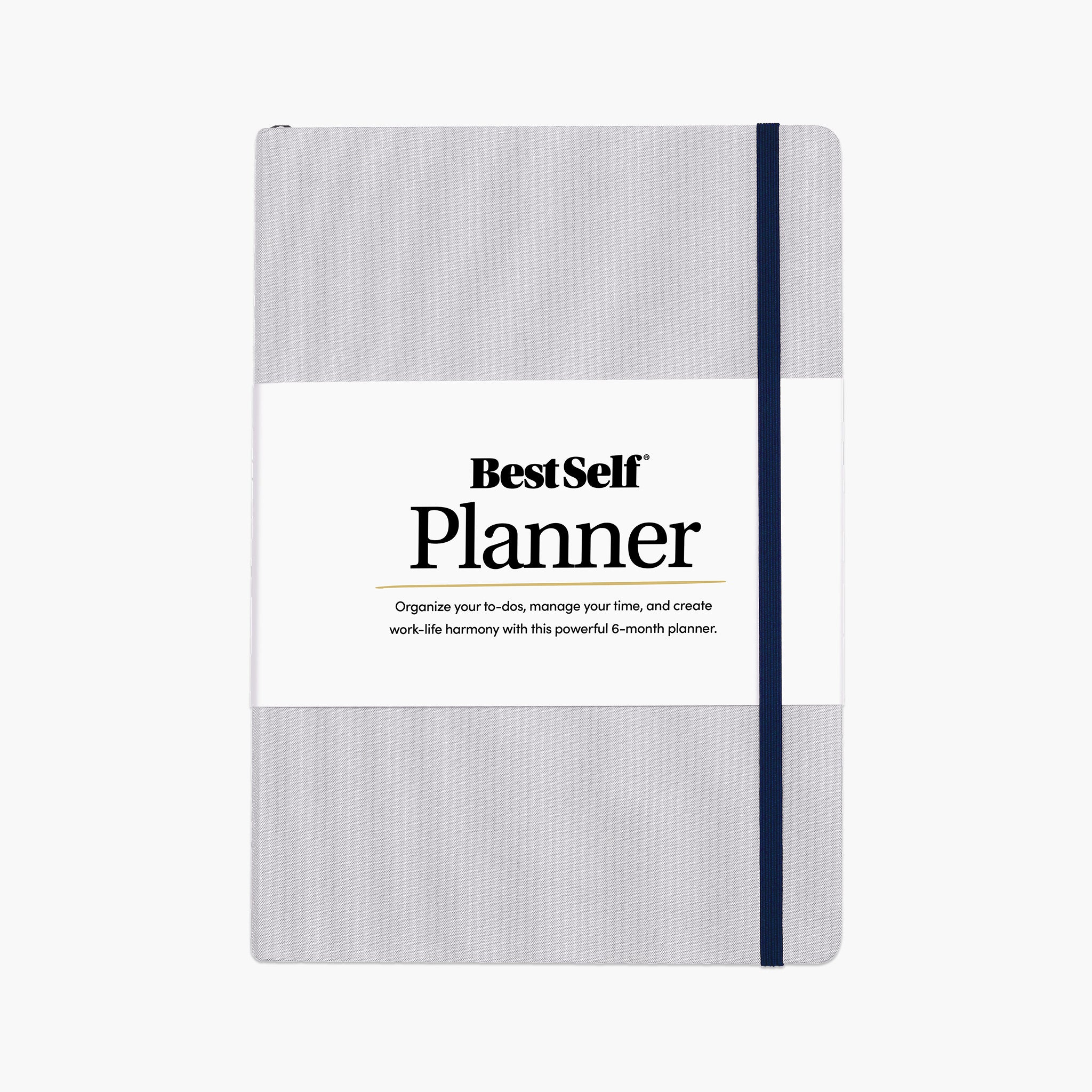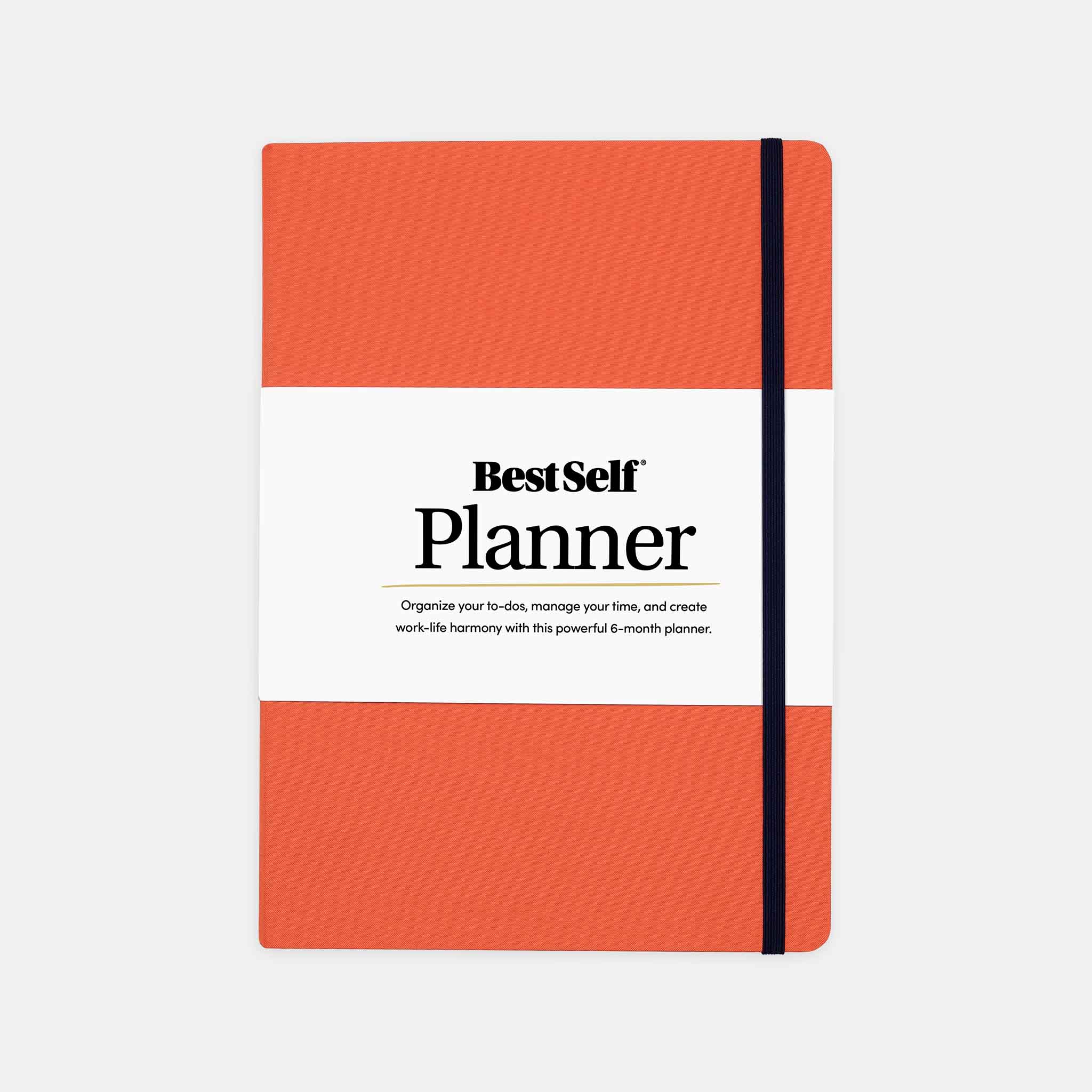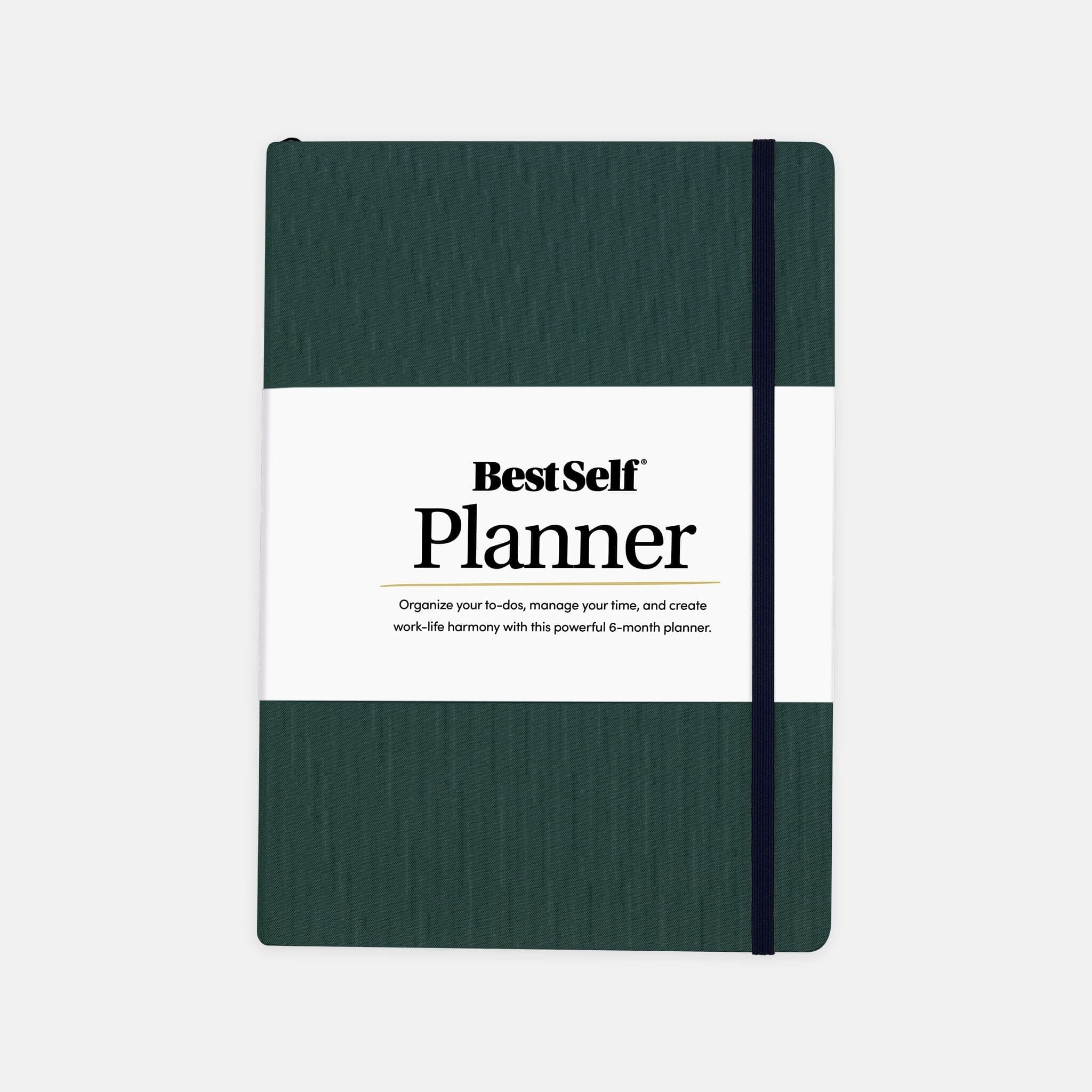Do you ever get stuck because your mind is overwhelmed and you have too much to juggle? If so, you’re not alone. This experience is a barrier to productivity. If you can’t think straight, it’s hard to discern your priorities - and even harder to decide your action plan.
So what’s the answer?
Keep reading to discover a simple but powerful technique that could change the game for you.
Brain-dump to focus
Brain-dumping is the art of emptying your head onto the blank page. It’s a practice that can boost focus and reduce overwhelm.
Here’s why…
The human brain excels at problem-solving and other higher levels tasks. It can remember things too, but the act of remembering takes up bandwidth and brain energy that you could divert elsewhere. That’s because you need to keep that idea top of mind - to ensure you don’t forget!
Brain-dumping is a technique that can solve this problem.
When you capture thoughts on paper, your brain can let them go. It doesn’t have to keep bouncing them around your mind anymore. In turn, your mind doesn’t feel quite as chaotic, which can help you think and process new ideas with more clarity.
What’s more, when things are written down, you don’t have to remember them anymore - because your journal serves as an external brain.
What to write down
You can purge all kinds of things through a brain dump. Here are some recommendations:
1. Write down any errands you have to take care of.Everything from buying a birthday card to taking out the trash. Add these errands to a master to-do list to have an easy reference point. Remember to check them off when handled (enjoy the dopamine hit!) With the task out of your head, your mind won’t keep circling it back to the surface. Result! Your mind is less cluttered!
2. Express your worries. A stream of consciousness journal entry can be a brilliant way to acknowledge the stresses and strains that your mind repeats. Often, we’re not aware of how these thoughts repeat and clutter our minds. Writing them out can help you acknowledge them. Even better, writing serves as a lubricant allowing you to explore where your worries lead as you gently unravel them. Sometimes, writing these things out can be enough to transform the energy and create more mental peace.
3. Capture questions. Do you keep asking the same questions over and over? Are there things that you know you need to consider when the timing is more suitable? Again, use your brain dump as an opportunity to purge your mind and clear up bandwidth.
When to brain dump
For best results, explore brain dumping at different times of the day. You may find that there are specific times that generate the best results for you.
For example:
At the beginning of the week.
A high-performance technique is to plan your week before it begins. Use a tool such as the Weekly Action Pad to brain dump all the tasks you have to get done and capture them all in one place. Creating a complete list of to-dos means you have a single reference point. In turn, you’re less likely to forget things. This technique is a powerful way to reduce stress and keep a clear head.
First thing in the morning.
This practice is recommended by The Artist’s Way author, Julia Cameron. Her “Morning Pages” consist of three pages of writing. She invites you to sit with your thoughts and let them out - whatever shows up (even if that’s writing “I don’t know what to say”). The idea behind this practice is to clear out all the gunky, low-level thoughts and create space for more creativity and insight to bubble up. It’s a practice that can help boost productivity too.
Before you go to bed.
If you’re someone who struggles to sleep because you have a headful of ideas and thoughts, a brain dump can be a perfect way to close out the day. Simply grab a pen and paper and write down anything on your mind. This practice can help settle youcar mind and make it easier to drift off.
Simple, yet powerful.
How much headspace can you clear by brain dumping? How much clarity will you create, and how much more focused will you be as you master the art of clearing your head by emptying your thoughts onto paper.
For more journaling tips and practices, check out the Writing Your BestSelf podcast.




